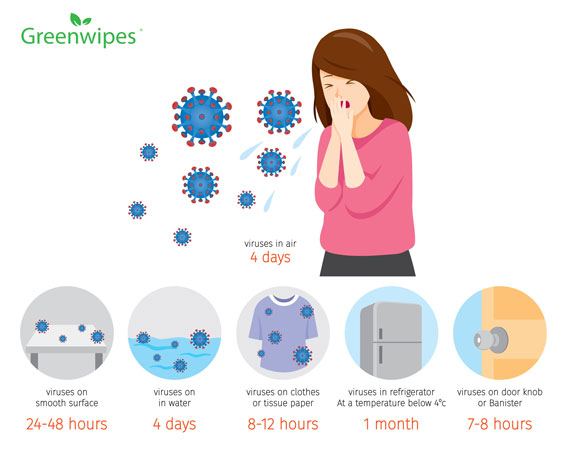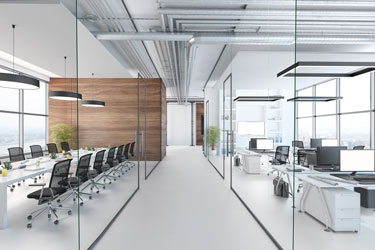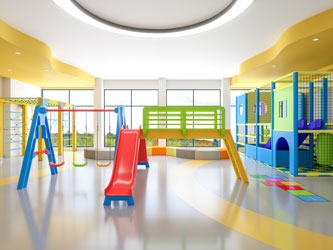Surface disinfection and frequent hand sanitising works hand-in-hand to prevent transmissions of infectious diseases.

Many of us are aware of the human-to-human transmission of infectious diseases, whether by direct contact or airborne droplets. That is why we wear masks and practise regular hand washing and sanitising.
However, transmission of diseases via pathogen contaminated surfaces are just as likely to make you sick. In fact, it is potentially more dangerous due to the lack of knowledge and awareness leading to negligence when it comes to proper disinfection and maintenance.
Did you know that disease-causing pathogens in the form of bacteria, viruses, fungi and protozoa that are deposited on hard surfaces through human contact can survive and remain infectious from anywhere between a few hours to a few months? This means that you might catch a disease just by touching a contaminated surface long after the infected individual has left the area.
Here are some examples of how long various pathogens can survive and remain infectious on hard surface:
|
Salmonella and campylobacter |
1-4 hours |
|
Common cold virus |
24 hours |
|
Flu virus |
48 hours |
|
Coronavirus |
up to 9 days |
|
Norovirus and hepatitis A |
up to 60 days |
|
Staphylococcus Aureus Bacteria including MRSA |
up to 4 weeks |
|
influenza |
4 Weeks |
Source: www.ncbi.nlm.nih.gov




